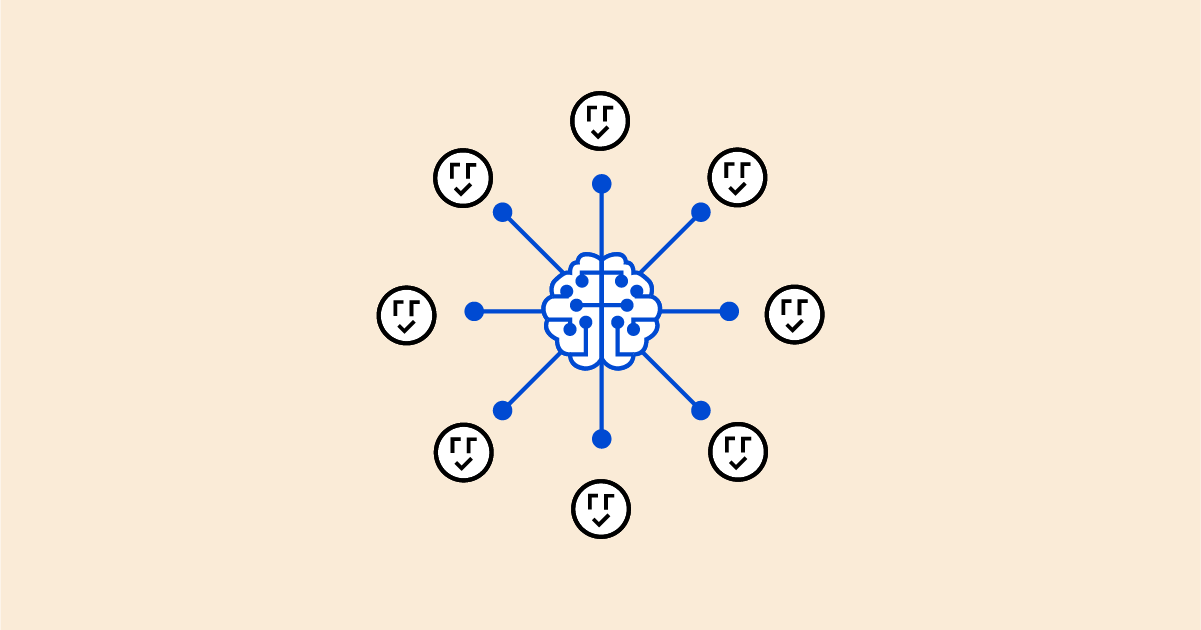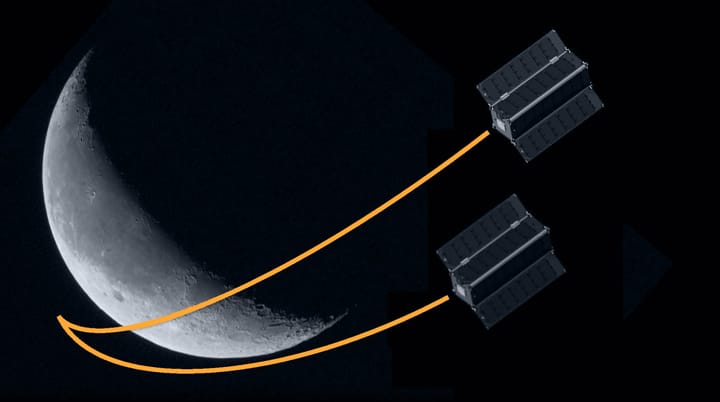Ergodicity economics: a primer
In my previous posts on loss aversion (here, here and here), I foreshadowed a post on how “ergodicity economics” might shed some light on whether we need loss aversion to explain people’s choices under uncertainty. This was to be that post, but the background material that I drafted is long enough to be a stand alone piece. I’ll turn to the application of ergodicity economics to loss aversion in a future post.
The below is largely drawn from presentations and papers by Ole Peters and friends, with my own evolutionary take at the end. For a deeper dive, see the lecture notes by Peters and Alexander Adamou, or a recent Perspective by Peters in Nature Physics.
Suppose you have $100 and are offered a gamble involving a series of coin flips. For each flip, heads will increase your wealth by 50%. Tails will decrease it by 40%. Flip 100 times.
What will happen? For that first flip, you have a 50% chance of a $50 gain, and a 50% chance of a $40 loss. Your expected gain (each outcome weighted by its probability, 0.5*50 + 0.5*-40) is $5 or 5% of your wealth. The absolute size of the stake for future flips will depend on past flips, but for every flip you have the same expected gain of 5% of your wealth.














